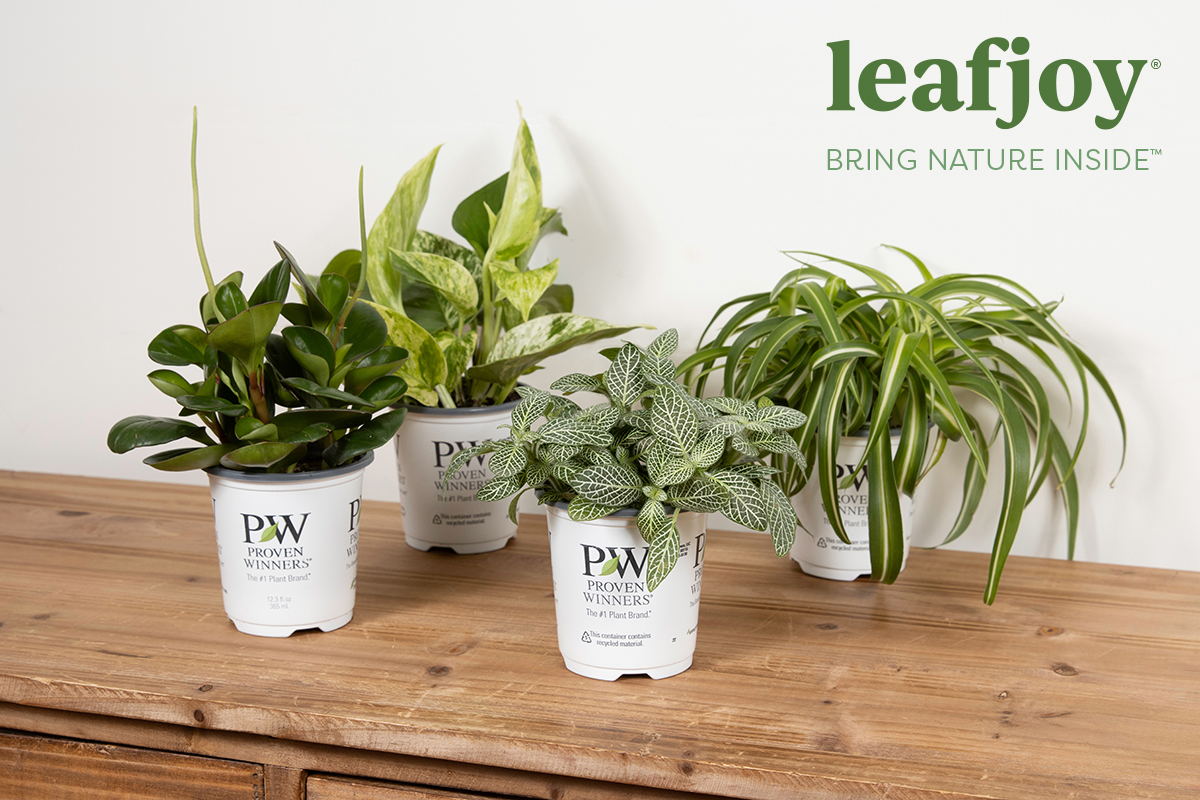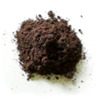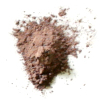
‘Kokedama’ is a centuries-old Japanese form of bonsai. ‘Koke’ means ‘moss,’ and ‘dama’ means ‘ball. So, moss ball. In this DIY video we show you how to make your own elegant kokedama planting that can be hung up with string or work as a centerpiece.

PICKING A PLANT
We recommend picking a very resilient plant for your first kokedama. Many houseplants can be used, but these are some we recommend trying if you don’t have experience: Philodendron, Pothos, Christmas cactus, String of pearls, Asparagus fern, Spider plant, and hypoestes. It’s smart to start with smaller plants with a less developed root system and let them grow into the soil ball, rather than stripping away the more developed root system of a larger plant.
WATERING
To water, soak the entire ball in a bowl of water for about 20 minutes about once a week. The frequency of watering will vary depending on your climate. You can gauge whether the kokedama needs to be watered by testing the weight. If it feels light, it’s time to water. Misting between waterings will also help them thrive.
DRY CLIMATES
In dry climates, you may have trouble keeping kokedamas moist enough to be happy. Placing the kokedama in a bowl or another vessel that holds water rather than hanging it up will help in dry conditions.
LONG TERM CARE
Over time, you may begin to lose some of your outer moss layer and binding. If this happens, you can simply add moss and rewrap the kokedama. If you choose a plant with a relatively vigorous root system (like asparagus fern), look for signs that its root system is outgrowing the soil ball. You may need to add more soil or simply replant in a pot or in the ground. Happy planting!

leafjoy littles®
The leafjoy houseplant line now offers unique varieties in adorably small 9cm containers. leafjoy Littles are perfect for novice plant parents desiring to nurture and learn about houseplants without the pressure of caring for larger, more expensive plants. These smaller plants are just as resilient as their larger counterparts and are a great choice for DIY houseplant projects like kokedama or terrariums. Shop for leafjoy littles by clicking the button below. If you want to learn how to make your own terrarium, check out our DIY Terrarium Page!



